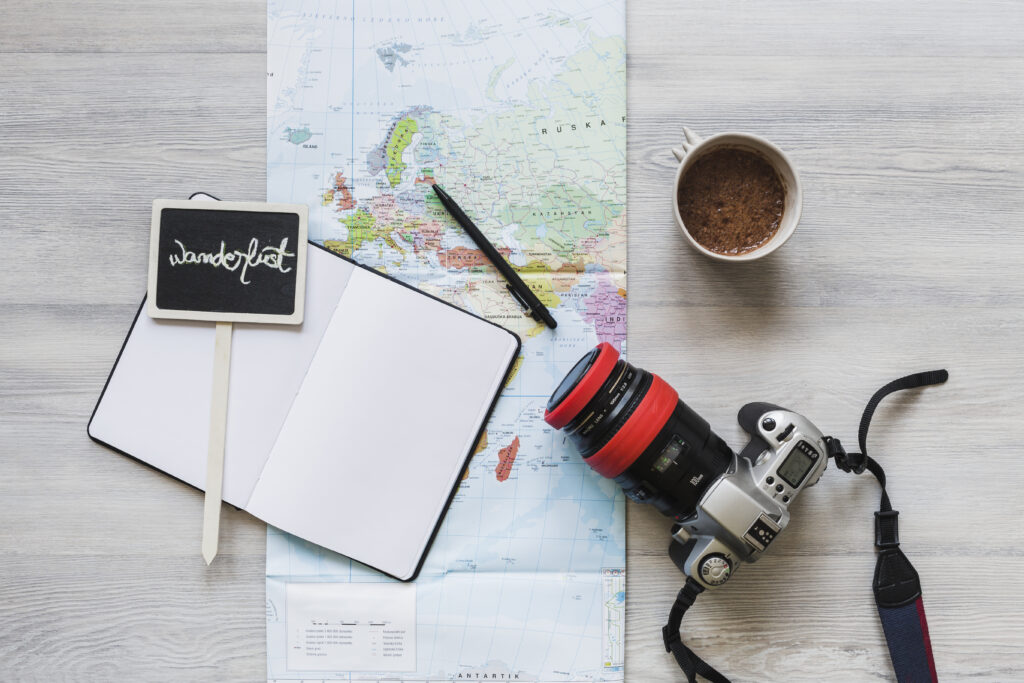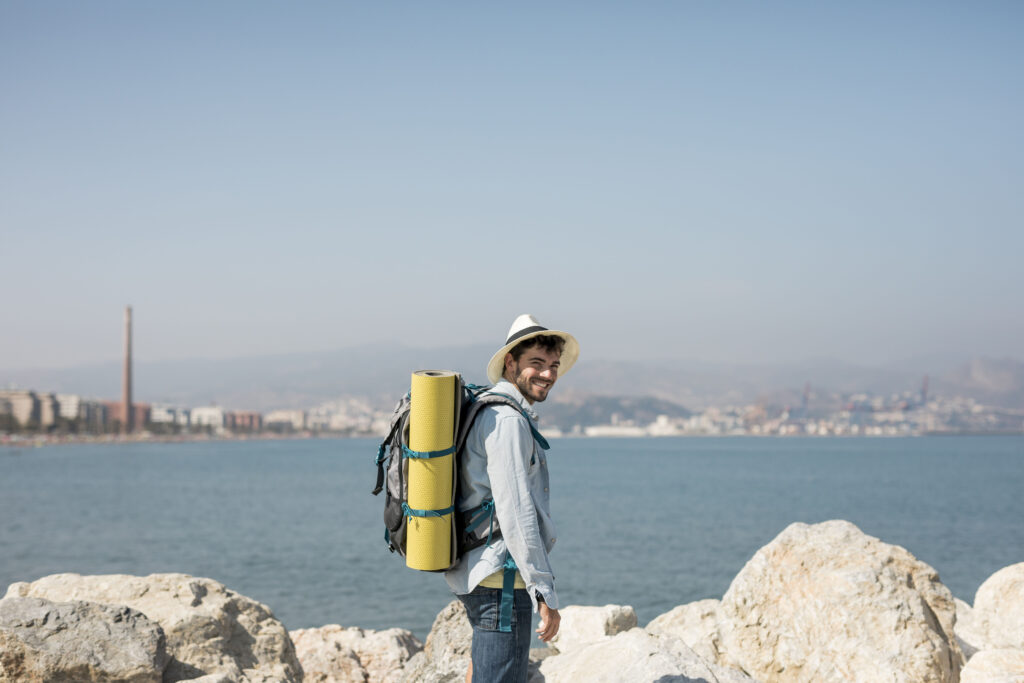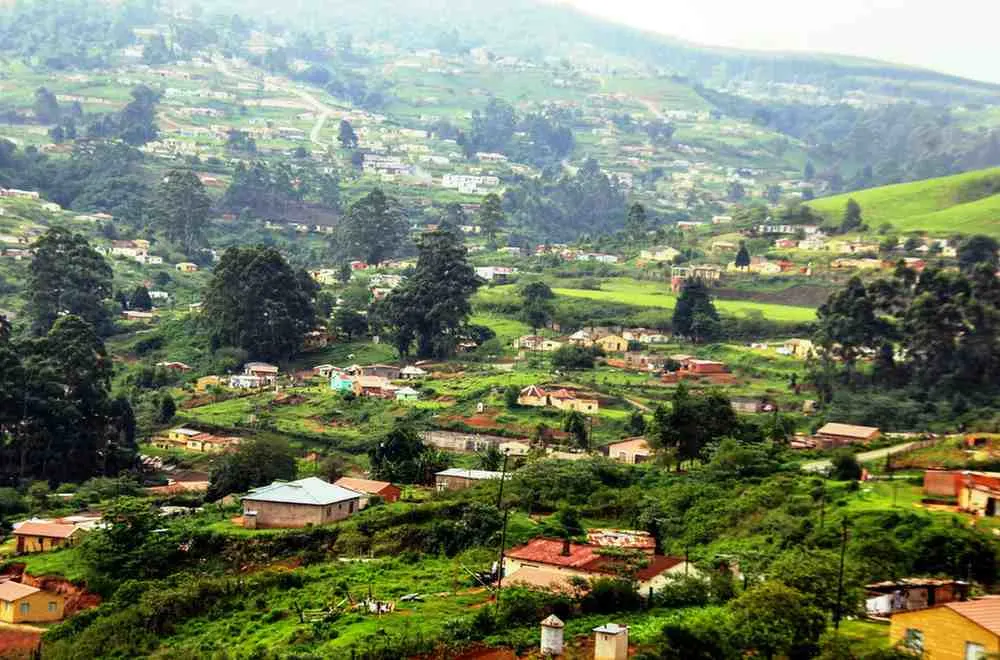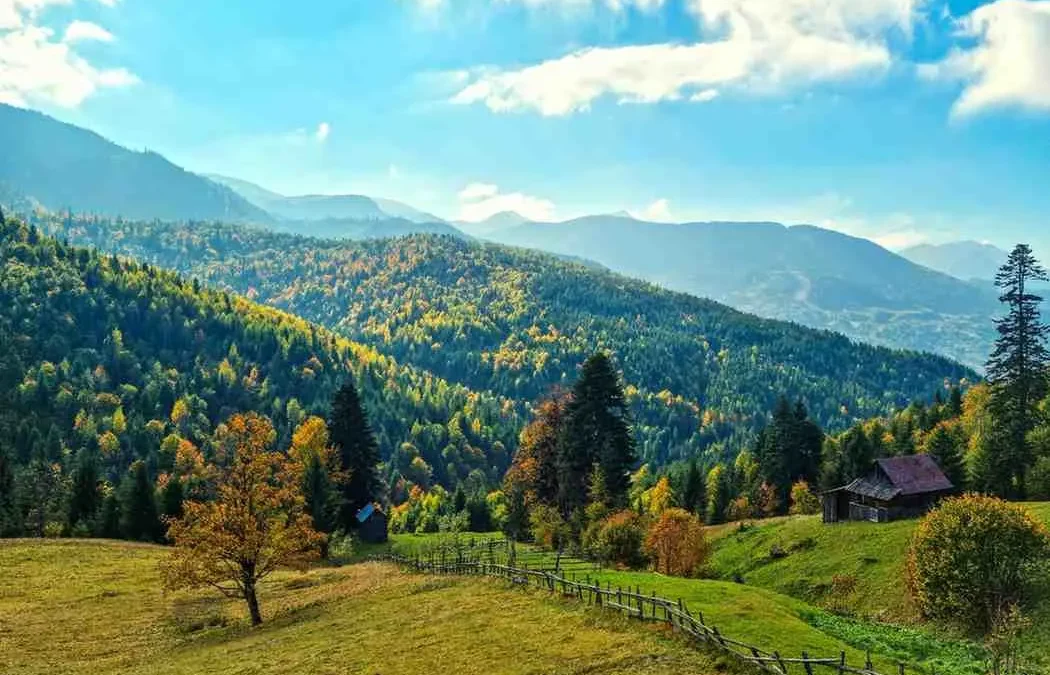The Best Time to Visit Iraq: Let me tell you straight about Iraq – this isn’t your typical holiday destination. I’ve gathered real stories from travelers who’ve been there recently. Timing matters more here than anywhere else I’ve researched.
Iraq’s Tough Weather Reality
Iraq plays by its own rules when it comes to weather. You’ve got two extreme seasons: burning hot summers and chilly winters, with very short transitions between them.
Summer (June-September) turns the country into a proper oven. I spoke with travelers who experienced 45°C heat in Baghdad. They could only explore during early mornings or after sunset. The afternoons were simply unbearable.
Winter (December-February) brings some relief but new challenges. Days become pleasant enough for sightseeing, but nights get seriously cold, especially out in the desert areas.
Best Windows: Spring and Autumn

From what real travelers told me, March-May and October-November are your golden windows.
Spring, especially April, makes everything come alive. The temperatures sit at a manageable 20-30°C range. This is when you can actually enjoy ancient sites like Babylon without feeling like you’re melting. The occasional rain showers help clear the dust too.
Autumn works similarly well. October and November see the summer heat fading but winter cold hasn’t settled yet. It’s perfect for exploring historical sites comfortably.
Region by Region Differences
Here’s what you need to know about different areas:
Baghdad and Central Iraq – Wild temperature swings. Brutal summers, cold winters. Stick to spring or autumn.
Northern Iraq (Kurdistan) – Mountains make things easier. Summers are warm but okay, winters bring some snow. More flexible timing here.
Southern Iraq – Humidity makes summer heat even worse. The marshes create sticky conditions that are hard to handle.
Western Desert – Extreme day-night differences. Scorching days, freezing nights regardless of season.
Cultural Timing Matters

Young man pointing at clock and posing on marble background. High quality photo
Ramadan changes everything. Locals fast from sunrise to sunset, so business hours get weird and finding food during daylight can be tough. Respect the culture – don’t eat or drink in public during fasting hours.
The Arbaeen pilgrimage in Karbala creates massive crowds. It’s amazing to witness but makes travel chaotic throughout central Iraq.
Month by Month Guide
Jan-Feb – Coldest months, especially at night. Pack warm clothes but days are good for sightseeing.
Mar-Apr – Spring perfection. Best time to visit for most people.
May – Transition month. Getting hotter but still manageable if you plan around the heat.
Jun-Sep – Peak heat. Only for early birds and night owls. Stay indoors during afternoons.
Oct-Nov – Another great window. Cooling down nicely for comfortable exploration.
Dec – Winter begins. Chilly but still workable with proper preparation.
Real Travel Practicalities

Iraq needs more planning than other places. Security can change fast – always check current advisories and tell your embassy you’re coming.
Tourism infrastructure is still developing. Fewer hotels, sketchy transport in some areas, and not much English outside cities. But travelers say the local hospitality makes up for it.
Making Your Choice
For most visitors, I’d say aim for spring (March-May) or autumn (October-November). These give you the best mix of decent weather and access to sites.
If you’re mainly visiting Kurdistan, you’ve got more flexibility. The mountains help with temperature control.
For cultural events like Arbaeen, you’ll need to work around the Islamic calendar (it moves each year).
Final Thoughts: The Best Time to Visit Iraq

Iraq rewards those who plan well. The history here – from ancient civilizations to modern culture – is absolutely worth experiencing.
People who timed their visits right talked about life-changing moments: standing where writing began, experiencing incredible local hospitality, seeing history come alive.
Whatever time you pick, bring patience, flexibility, and respect. Iraq’s challenges are real, but so are its rewards for those who come prepared.
Conclusion
Ultimately, there’s no single perfect time to visit Iraq—only the right time for what you want to experience. Whether you brave the summer heat for cultural festivals or choose spring’s comfortable exploration days, Iraq rewards those who come prepared. I’ve learned that the best visits happen when you match your expectations with reality: accept the summer limitations, embrace winter’s cultural opportunities, and always prioritize respect for local traditions. The travelers I spoke with agreed that Iraq’s challenges are outweighed by its profound historical significance and incredible human connections. Whenever you choose to go, you’ll discover that Iraq doesn’t just show you history—it lets you walk through living chapters of human civilization that will stay with you long after you return home.






